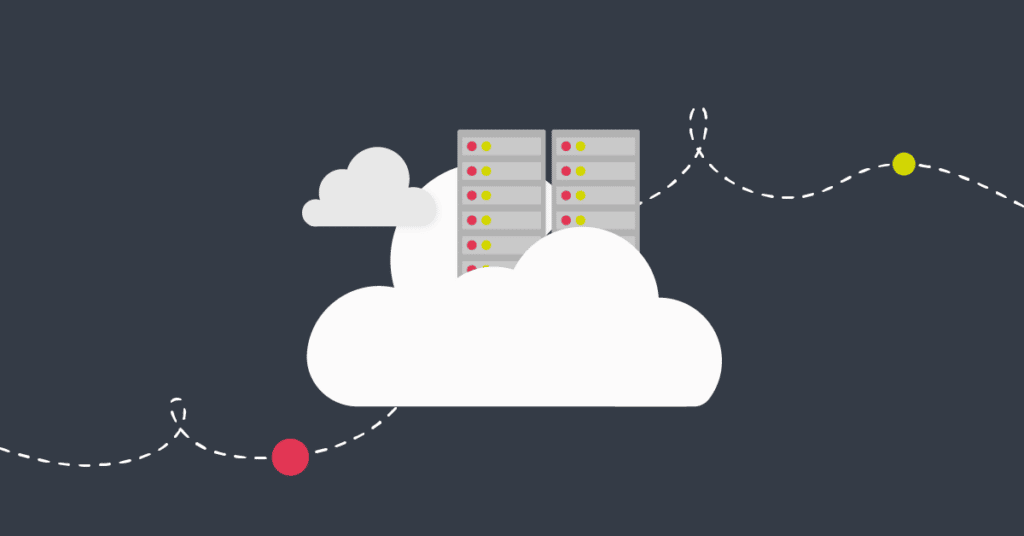
In the context of integration, a data layer refers to an architectural component. This component serves as an abstraction or intermediary between different systems, applications, or databases. Its primary purpose is to facilitate smooth and efficient communication. As well as data exchange and interoperability between disparate systems.
In other words, it is where the orchestration of APIs takes place. This is where an API integration is built to connect applications to move information from one place to another. This is to either expand the functionality of a product or improve in-house sharing between departments.
Key characteristics of a data layer in integration include:
Data Transformation
The data layer often handles the transformation of information between different formats and structures. It ensures that data from one system is appropriately mapped and converted. As a result, it will be compatible with the format required by another system.
Normalisation
Data normalisation involves organising and structuring data consistently. The data layer may normalise data to ensure uniformity, making it easier for systems to understand and process the information.
Data Mapping and Routing
The layer defines how the information should be mapped and routed between various systems. This means it can determine the paths that data takes as it moves from a source to a destination, considering any necessary translations or modifications along the way.
Abstraction of Complexity
Integration often involves dealing with complex data structures and APIs. The data layer abstracts this complexity by providing a simplified and standardised interface for applications to interact with. As a result, shielding them from the intricacies of the underlying systems.
Data Security and Governance
The data layer can incorporate security measures to ensure that sensitive information is protected during the integration process. It may also enforce governance policies to maintain data quality, consistency, and compliance with regulatory requirements.
Middleware or Integration Platform
In some cases, a data layer is implemented using middleware or via an integration platform. These offer a set of tools and services for connecting, orchestrating, and managing data flow between different applications and systems.
Event-Driven Architecture
A data layer can be designed with an event-driven architecture. This is where changes in data trigger events that are then propagated to other systems. This approach supports real-time integration and responsiveness.
Data Layer and Integration
The implementation of a data layer can vary depending on the specific integration requirements and the technologies involved. However, it is now considered to play a crucial role in enabling organisations to create a more cohesive and connected IT environment. This is because it ensures organisational data is efficiently and accurately exchanged between diverse applications and systems within an enterprise.




